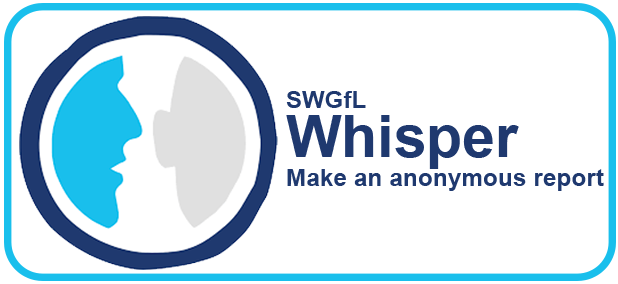Art
Department Intent
Creativity. Composition. Craftmanship
| Knowledge in Art | We have collaborated extensively with teachers to develop a comprehensive and inclusive curriculum that not only inspires but also challenges and motivates pupils of all abilities. Our goal is to empower teachers with the resources and flexibility they need to create dynamic, engaging, and personalised learning experiences that foster curiosity and a passion for learning. By working closely with teachers, we ensure our approach is relevant, adaptable, and designed to help every student reach their full potential, regardless of their starting point or learning style. |
| Curriculum in Art |
This curriculum offers flexibility, offering pupils the opportunity to receive a tailored course at both KS3 and KS4 to meet the unique needs of our pupils. At KS4, there are two key components—a 'Portfolio' drawn from their course of study and an 'Externally set assignment'—the specification provides a broad range of creative, exciting, and stimulating opportunities for pupils to explore and develop their personal interests in art and design.
Our curriculum builds on the foundation of Key Stage 3 and lays the groundwork for further study at AS and A-level, as well as vocational pathways at KS5. To ensure a smooth progression, the assessment objectives, structure, and titles align closely with those found in the AS and A-level Art and Design specification. |
| Teaching and Learning in Art |
Across each unit of study in both the Key Stage 3 and Key Stage 4 curriculum, pupils engage in individual, paired, and group activities that develop their practical skills and critical thinking. These include analysing artworks, researching, and practising techniques like drawing, painting, and sculpture. Key Art vocabulary is introduced in every unit, helping pupils articulate concepts and processes effectively.
Lessons build on prior knowledge through interleaving and chunking, supporting pupils in retaining information about art history, techniques, and materials. At Key Stage 4, pupils undertake independent projects, researching and critically evaluating artists and themes to inform their personal responses. Teachers model artistic processes, guiding pupils in developing their ideas and refining their work.
Subject-specific vocabulary and regular feedback play a vital role in helping pupils improve their artistic skills and meet assessment objectives, preparing them for GCSEs and future creative endeavours. |
| Assessment in Art | Over the course of each half term, pupils participate in regular assessments of their progress, including sketchbook reviews and practical critiques, with whole-class feedback focused on improving technique and concept development. End-of-year portfolio reviews, along with externally standardised assessments such as mock exams and externally moderated coursework, track long-term progress and ensure retention of key artistic skills and knowledge. These assessments evaluate pupils’ ability to apply techniques, use materials effectively, and articulate ideas visually and verbally. |
| Learning Beyond the Classroom in Art |
Beyond the classroom, the Art department offers students opportunities to further develop their artistic skills and creativity through homework projects. These projects encourage pupils to build on taught knowledge, practice skills independently, and explore their own artistic interests, promoting self-development and a deeper engagement with their art practice. |
Curriculum Journey
| Autumn 1 | Autumn 2 | Spring 1 | Spring 2 | Summer 1 | Summer 2 | |
|
7 (Pupils rotate so will spend 1 term in Art) |
Prominent Artistic Movements within a wider context (Colour, Pattern and Artistic style and meaning) |
Prominent Artistic Movements within a wider context (Colour, Pattern and Artistic style and meaning) |
Prominent Artistic Movements within a wider context (Colour, Pattern and Artistic style and meaning) |
|||
|
8 (Pupils rotate so will spend 1 term in Art) |
Pop Art (Colour, printmaking) |
Pop Art (Colour, printmaking) |
Pop Art (Colour, printmaking) |
|||
|
9 (Pupils rotate so will spend 2 terms in Art) |
Medium and technique experimenting (Line texture, tone, colour) |
Our Voices - Art within a wider context |
|
|||
| 10 |
Component 1: Sea Life |
Component 1: Fantastic and Strange |
||||
| 11 |
Component 1: Identity |
Component 2: Exam (theme to be selected from brief) |
||||
Curriculum Overview
- 1 Year 7 Art Curriculum Overview
- 2 Year 8 Art Curriculum Overview
- 3 Year 9 Art Curriculum Overview
- 4 Year 10 Art Curriculum Overview
- 5 Year 11 Art Curriculum Overview


